Living fences in Indonesia : 50 species to use in the tropics
Living fences, are fences made with living plants. In place of an inorganic or dead wood component a living plant is used as the support
These are an important part of conserving biodiversity, soils and traditional crafts in Tropical areas. When a living fence is made it does many things
- restrict traffic of vehicles, humans and large animals
- provide a nesting and perching site for birds
- create habitat for many species of animals
- Trap dust and organic matter as debris settles against it and builds up the soil below
- provides a windbreak for crops
- creates a microclimate for seedlings of other species to sprout and grow
- creates a sustainable source of firewood, herbal medicines, fruit and animal forage
- provides important corridors for wildlife through their lost habitat
Living fences, Pagar Hidup in Indonesian, are widespread across the Archipelago, with different species used on different islands.
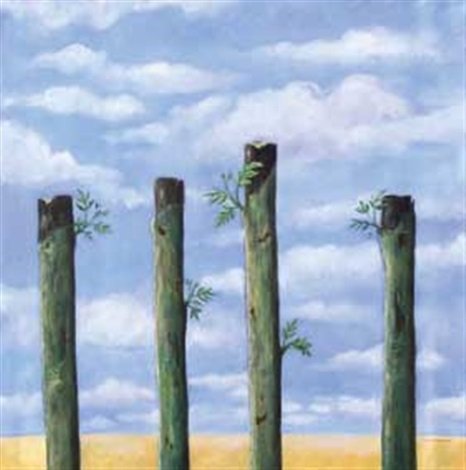
In many places, where deforestation has occurred, they are the only wild spaces left and represent a conservation site for wild animals and plants
Hedgerows
Living fences are well known in the English speaking world. When the ancient forests of Europe were cleared they were in some places replaces with hedgerows. These were made by planting cuttings of usually Hawthorn (Crataegus sp), which were then woven together to make living fences. Over time the remnant plants and animals that used to inhabit the forest edges found a new habitat in the hedgerows.
These habitats become more complex over time and the oldest hedgerows usually have the greatest biodiversity
Hedgerows link areas of remnant forest, and ancestral woodlands to each other acting as corridors for many species to move and mix.
Why are they important?
With nectar-rich blossom in the spring, insects buzzing in the dense thickets in summer and red berries abound in autumn, hedgerows provide wildlife with a rich larder. In fact, they are so good for wildlife that 130 UK BAP (Biodiversity Action Plan) priority species are associated with them.
Hedgerows are often a mix of shrub and tree species such as hawthorn, blackthorn, hazel, ash and oak, interwoven with climbers like traveller's-joy and honeysuckle. Banks and ditches fill with flowers like hedge bedstraw and red campion, and butterflies, such as the rare black and brown hairstreaks, purple emperor and pearl-bordered fritillary, use them for nectar or to lay their eggs.
Mammals like the European-protected hazel dormouse, bank vole, harvest mouse and hedgehog nest and feed in hedgerows, and bats, such as the greater horseshoe and Natterer’s bats, use them as green ‘commuter routes’ for foraging and roosting. Woodland and farmland birds such as blue tit, great tit, yellowhammer and whitethroat can be found along the hedges.
Hedgerows can also prevent soil erosion, capture pollutants such as fertilisers and pesticides running off fields, store carbon to help combat climate change, and provide homes for predators of many pest species. They also provide vital links across the countryside for wildlife, helping it to move about freely and keeping populations healthy.
http://www.wildlifetrusts.org/wildlife/habitats/hedgerows
Tropical systems
Europe and the Northern hemisphere along the same lattitudes have a fairly low biodiversity level, this is because of the Ice ages of the last 3 million years. For residents of the cold North it can be difficult to comprehend the biodiversity of the Tropical regions, and therefor to imagine the number of species that are under immediate threat of extinction.
But to put it in perspective, the Entire of Europe has between 200 and 250 species of trees.
We know that in North America there are about 1,000 tree species, and similar numbers in temperate Asia. Europe has a more limited tree flora, with 250-500 species.
http://www.venerabletrees.org/how-many-tree-species/
Surveys I've conducted in a degraded limestone Tropical dry forest in an area of just 500 Hectares in East Lombok, Indonesia, which are considered to have a fairly low biodiversity, yielded the same number of trees species.
For each tree come many other species of insects and birds, fungi and other organisms that have coevolved with that tree
So in Tropical areas the number of plants and animals that will benefit from hedgerow refuges is much higher
This makes the use of living fences very important as a tool in preventing mass extinctions
The species we start with, like the Hawthorns of Europe are just the starting points. Once a living fence is established it catches seeds and visiting birds deposit seeds from their droppings. These germinate in the shelter of the hedgerow and increase the biodiversity. Over time the biodiversity of the hedge increases. In Europe this can be as slow as 1 or 2 per century but in the tropics it is very fast.
From my observation in the two provinces of eastern Indonesia there are approximately 50 species used in establishing living fences in different islands
Species
1. Lannea grandis
This Indian trees is now widespread cross South East Asia and in Eastern Indonesia it is the most popular living fence tree. Large cuttings are planted and root within a few months. This tree can tolerate drought, salt and any type of soil
In Sumbawa Island they cut the excess growth and feed the leaves to goats during the dry season.
Amazingly the information on this plant is almost entirely lacking even though its the most commonly used living fence and boundary marker in Eastern Indonesia. The wiki entry is merely a stub
https://en.wikipedia.org/wiki/Lannea_coromandelica
It is dry deciduous, unless it has access to water and then it stays evergreen

In Indonesia it rarely produces seeds and is grown by cuttings
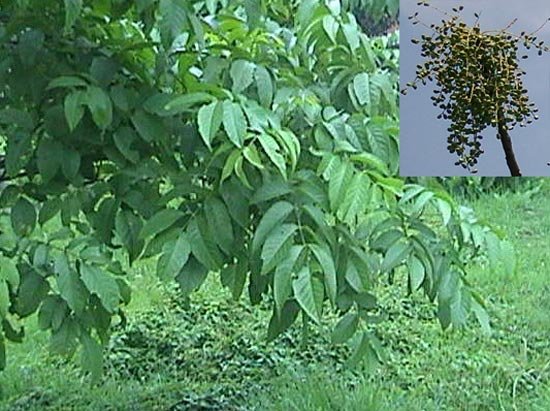
2. Moringa oleifera
This is the same Moringa that is sold as a supplement in health food stores. It has a lot of vitamins and minerals and makes a tasty vegetables. It can be planted by seeds or for living fences large cuttings ate planted directly at the end of the dry season and they regrow roots
Moringa has a revival in interest as a supplement as it is an extremely nutritious vegetable
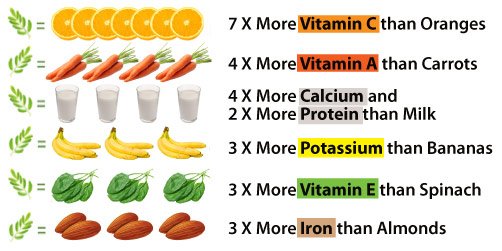
100 g of the leafy vegetable gives most of the vitamins needed in a day. It is very easy to grow in the tropics

3. Gliricidia sepium
Originally from central America this species is used across the tropics as living fencing, for firewood, for feeding to goats and also as a poison to kill rats and mice
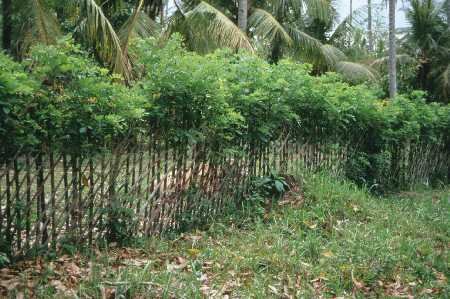
In the dry season it has beautiful pink flowers that are great for bees
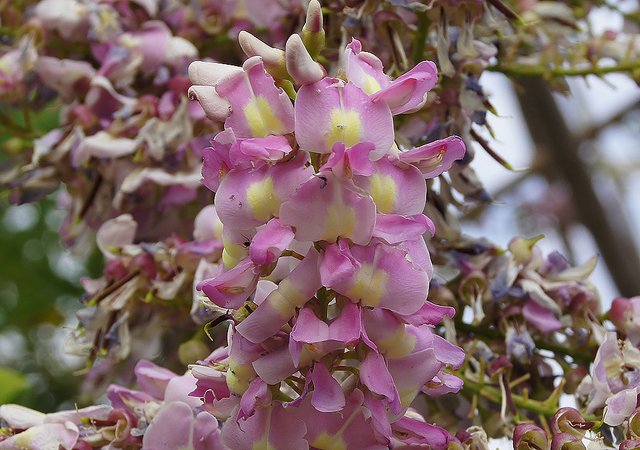
4. Lantana camara
A Tropical weed that can be used as a living fence. It never stops flowering and fruiting and is excellent habitat for small birds as well as food for butterflies
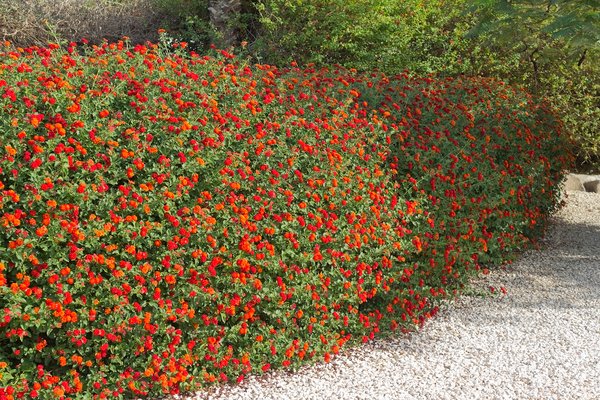
5. Sisal
This spiky plant is grown so its leaf fibres can be used to make sacks and carpet backing. It is very drought hardy and makes a suitable barrier against grazing animals. Lizards and spiders find shelter between its spiky leaves
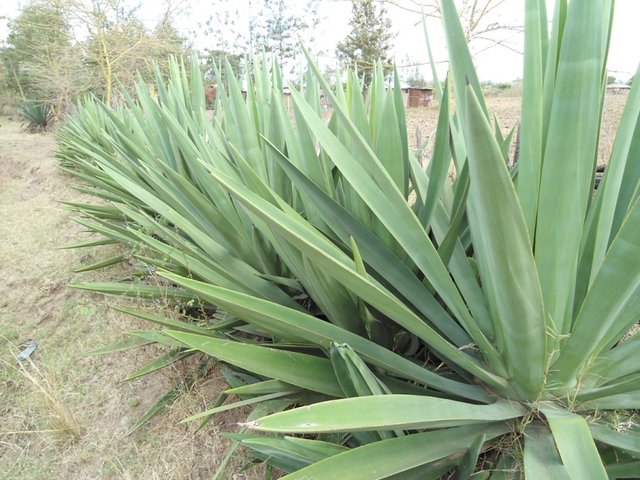
6. Euphorbia tirrucali
This is a succulent leafless plan that is very hardy and is planted as cuttings. It forms an impenetrable hedge that is used in africa to protect villages and livestock from Lions.
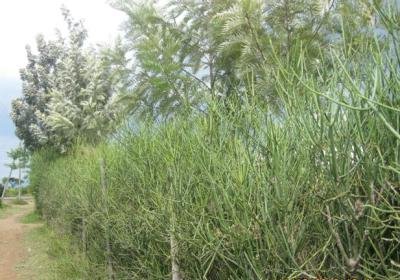
7. Cereus spp. Cacti
Any upright column growing cactus that can be rerooted easily but large cuttinsg makes an ideal fence component. Throughout South America and into Mexico these are used to fence fields and homes. The night blooming flowers attract bats, Moths and bees
http://ciee.typepad.com/.a/6a010536fa9ded970b01bb09211f2b970d-800wi
8. Erythrina spp.
There are many species of this genus across the tropical world and they share the ability to fix nitrogen fertiliser from the atmosphere and enrich the soil around them
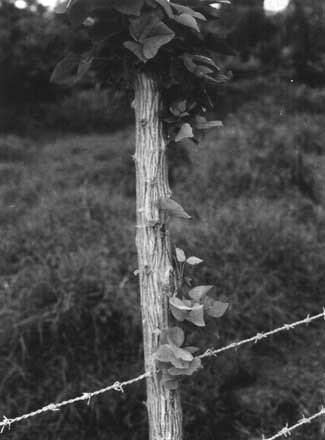
9. Kapok
Usually a giant forest tree but local farmers have discovered that if you cut one down replant the branches then they root and grow. Kapok prodices a lightwight and water resistant fibre that was used in mattresses and life vests prior to the invention of synthetic fibres. This plant is abundant and there will likely be found a new use for its products
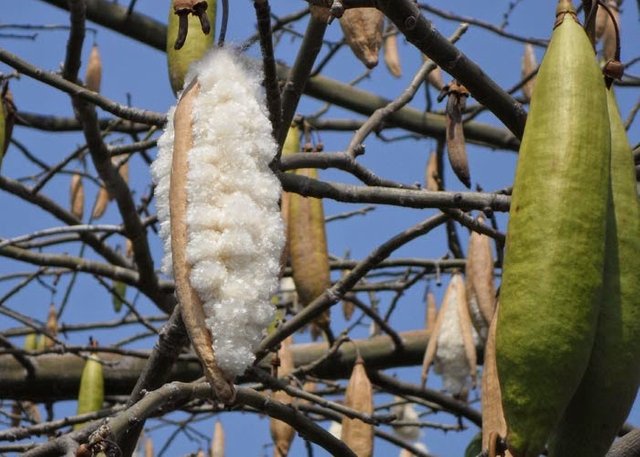
10. Leucaena
This is planted by seed and is exceptionally hardy. Its roots penetrate down to 8 metres deep and pull up minerals from below. it fixes nitrogen from the atmosphere and its leaves at 25% protein. it contains a toxin making it inedible for non ruminants. however Cows and goats when innoculated with a detoxifying rumen bacteria can use it. The highest recorded weight gains of 1.7 kg/ day for cows was recorded on Steers grazed on Leucana. Goats can put on 100g a day eating this plant
11. Polyscias spp.
This hedging plant is super nutritious. It is adapted to alaklaine infertile tropical island soils. It has high levels of Vitamin A and Zinc and is used as a vegetable.
They make great ornamental plants and are grown buy cuttings
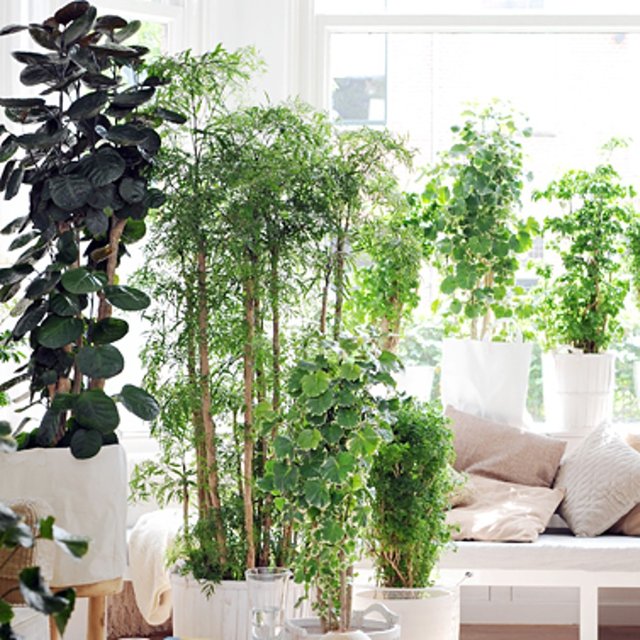
http://aciar.gov.au/files/node/15487/factsheets_4_pdf_16437.pdf
12. Bougainvillea spp.
This stunning ornamental has thorns that make it suitable as a living fence. They come in dozens of colours and are used in their home country of Brasil as herbal medicine . it can bes established directky as cuttings in the field during the rainy seasons
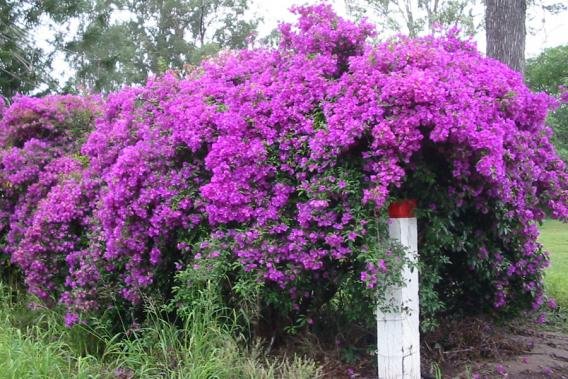
13. Opuntia spp.
Another cactus easily propagated just by laying a pice of it on the ground. there are many species and they range from heavily armoured with spines to spineless. All have edible fruits. the fruits are used for their benefit for Prostate health, and are rich in anthocyanins and betaine. cows and goats eat the pads after the spines are burned off. it isnt especially nutritious but can serve as a source of water during the dry season
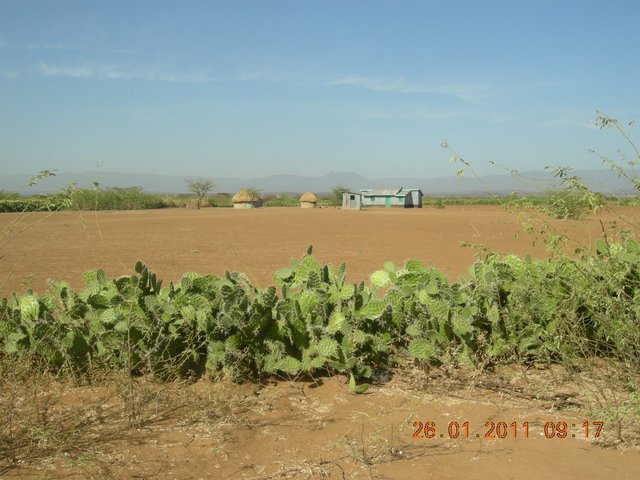
15. Schoutenia ovata
I noted this species being used in Flores where cuttings planted directly into the ground resprout and form living fence posts
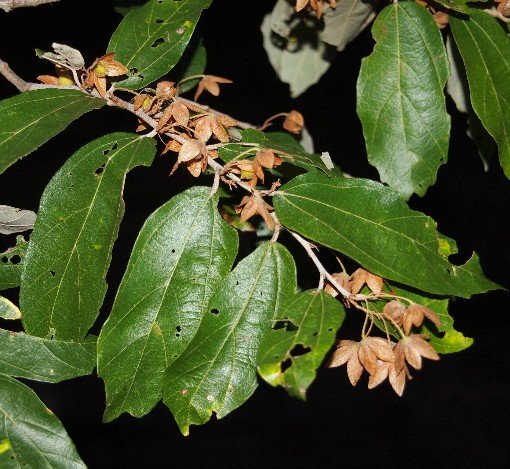
16. Pineapples
The edible pineapple (Anana comosus) and its relative Ananas bracteatus are usful in forming barriers at the base of hedges that will exclude chickens from entering areas they are not wanted
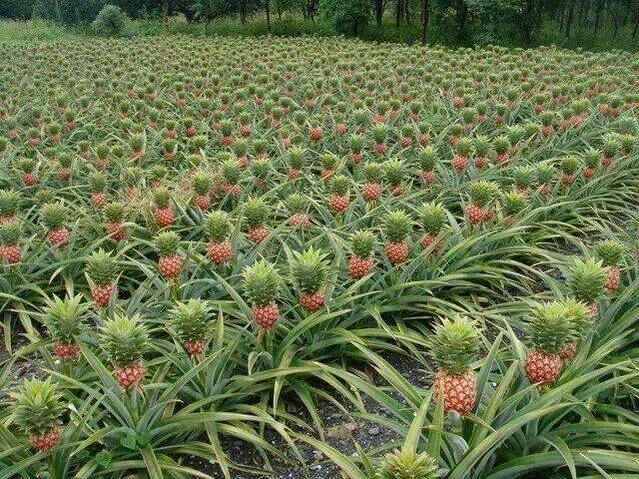
17. Hibiscus
Hibsuicsus rosa-sinensis is a beautiful flower at hime near the coast or high in th e mountains. The flowers are used as decoration, and also as a starter source for fermentation as they contain useful yeasts and bacteria. The trimmings are an excellent fodder for cows sheep and goats. It is grown by cuttings

18. Beach hibiscus
This beach tree has strong fibrous roots and bark that was used by polynesian voyagers as string
In Sumbawa this tree is heavily lopped for forage for cows and goats during the dry season
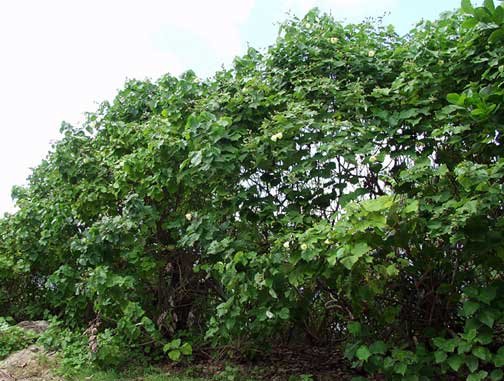
19. Portia tree
this hardy seaside tree can be planted by cuttings or as seedlinsg and pruned to form a fence . The leaves make a good mulch for gardens
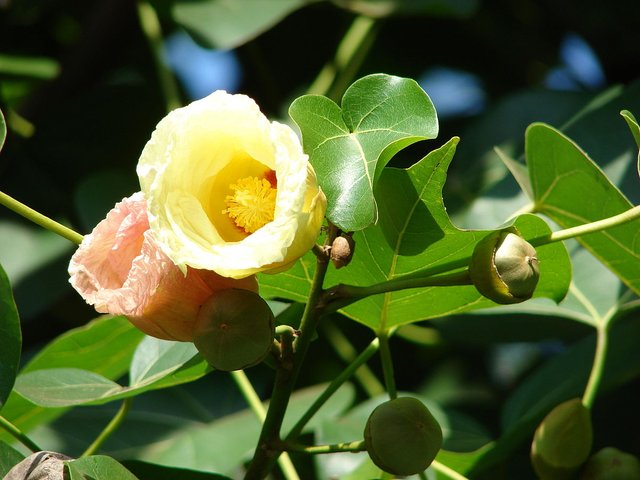
Portia tree wood is very attractive and durable
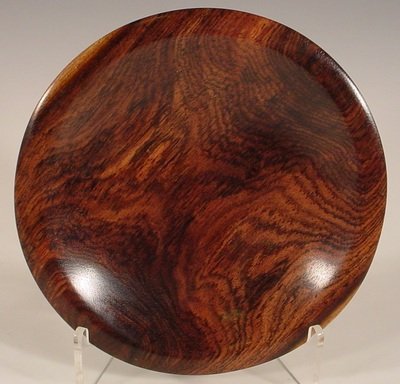
20. Sansieveria spp.
"mother in laws tongue " is a super hardy species that can be planted directly by leaf cuttings and creates a very good barrier at the base of hedges. it is adaptable to shade or full sun and is very drought tolerant
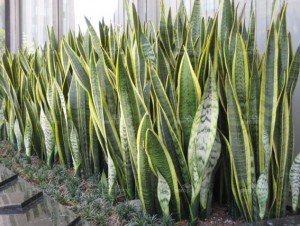
21. Sesbania grandiflora
Sesbania leaves are rich in vitamin A and protein and are useful as a vegetable and for feeding to cows and goats . the flowers are also used as a vegetable across india and south east asia
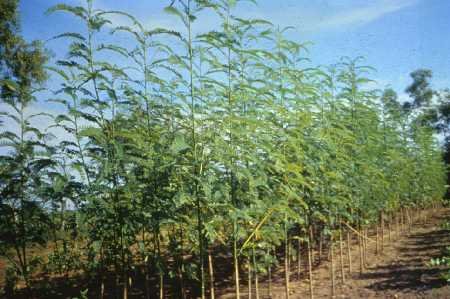
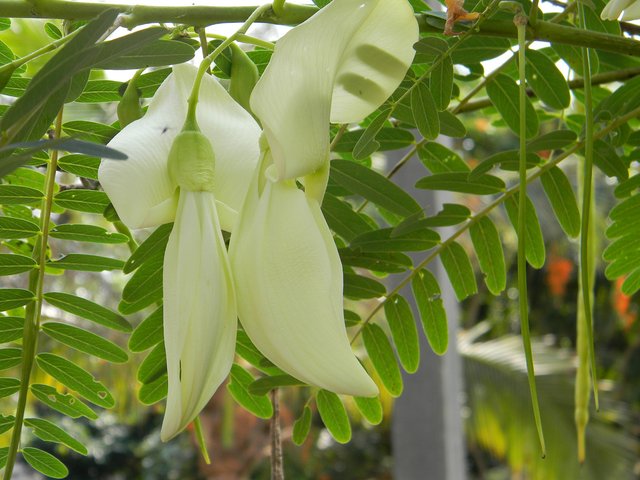
22. Jatropha spp.
This excellent living fence species provides mulch for gardens and the seeds are useful for extraction of biodiesel or adding to biogas tanks to increase gas production
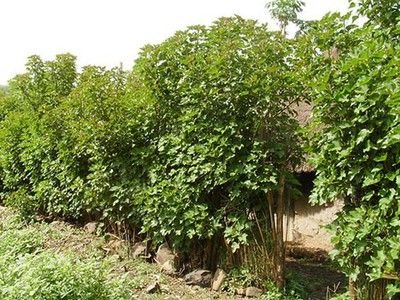
23. Murraya paniculata
Murray a panicualta is a premum hedge species in wide use around the world. In its native range it is a food plant for several butterflies, and its blooms fragrance is amazing, like orange and jasmine scent mixed together
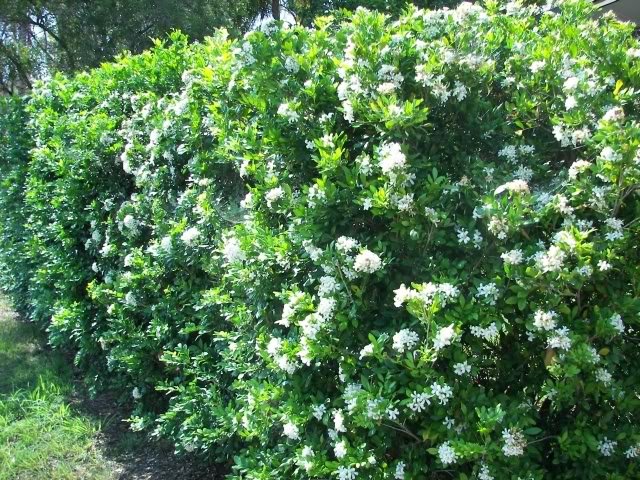
24. Neem
If close planted and hedges the Neem tree can be used in living fences. the wood is good for firewood and the leaves make and excellent mulch and fertiliser

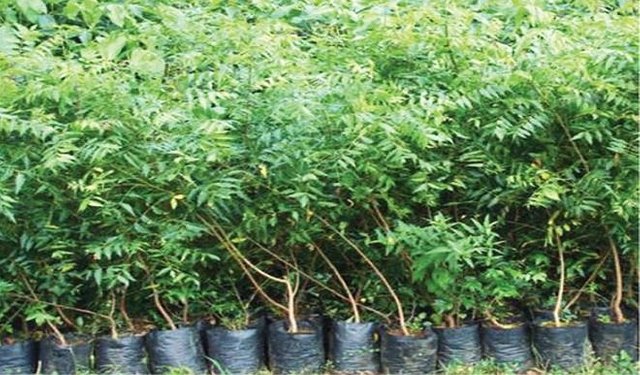
25. Galangal
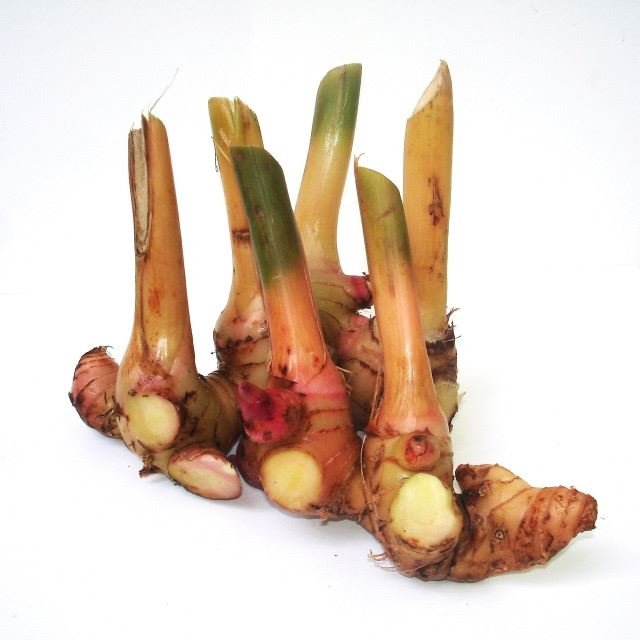
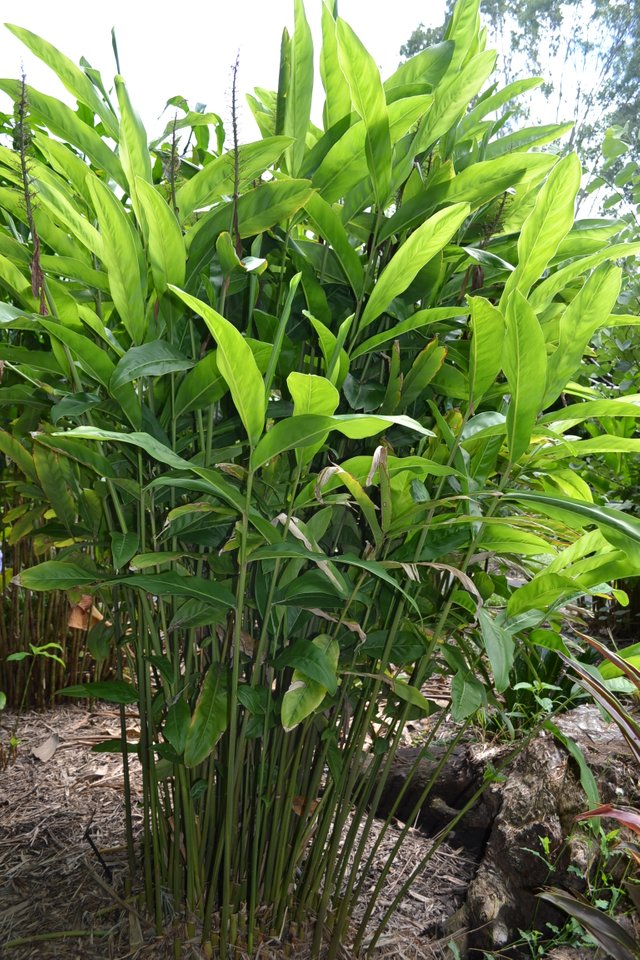
This upright and tightly clumping ginger makes a good barrier plant for sunny or shady areas. The aromatic roots are excellent for falvouring fish and chicken dishes
26. Ficus spp
There are more than 900 species of figs worldwide and some can be used as living fences and hedges
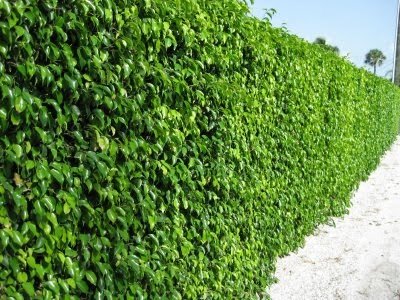
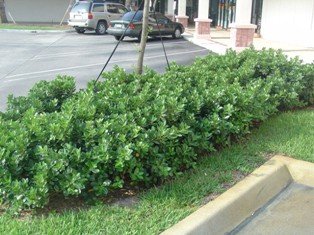
The prunings of these hedges is good for feeding to cows and goats
27 Sambucus spp
Elder trees are well known in european herbalism but there are many species across the world. In Indonesia the species Sambucus javanicus is found in highland gardens and along the edges of fields
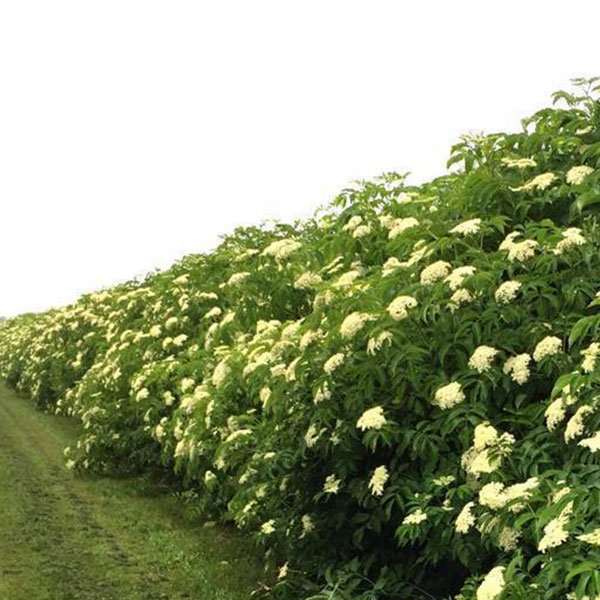
the fruits and flowers are used in medicine and cordials but the leaves and stems are toxic. however they make a good mulch and compost for enriching fields
28. Pterocarpus indicus
This giant timber tree can also be used as living fences. the upright stems are planted direct into the soil . when close planted the height of the trees is stunted
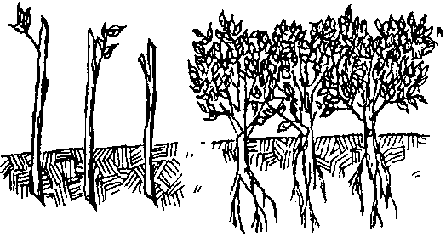
They fix notrogen and in West Timor the protein rich leaves are fed to goats
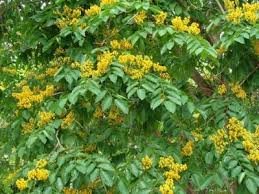
The bark is useful as a dye for cotton
https://textileaid.wordpress.com/2013/08/27/a-research-on-natural-dye/
29. Thyrsostachys siamensis
This very tightly clumbing bamboo makes and excellent privacy screen that can be left to grow tall or trimmed short
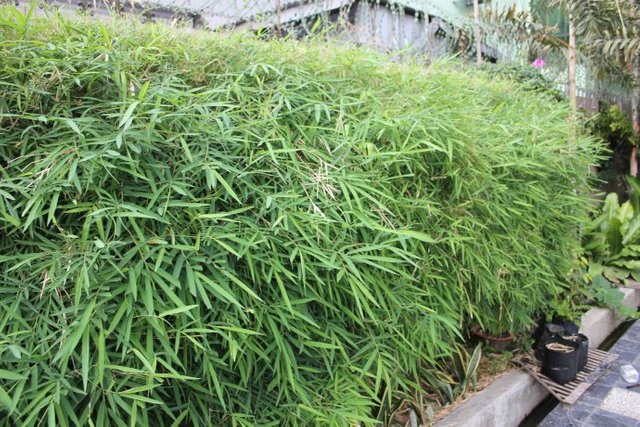
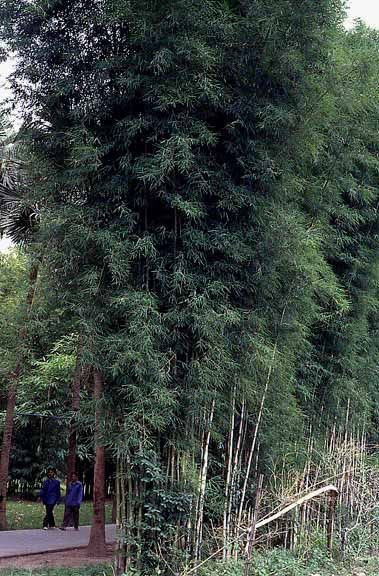
the culms are very dense and make excellent Charcoal or biochar for enriching tropical soils with long lasting black carbon
the very fine leaf mulch is excellent in vegetable gardens
30. Salak palm (Salacca spp.)
This spiny beast of a palm is used in Highland bali as a privacy screen. The fruits are a popular item at the local market
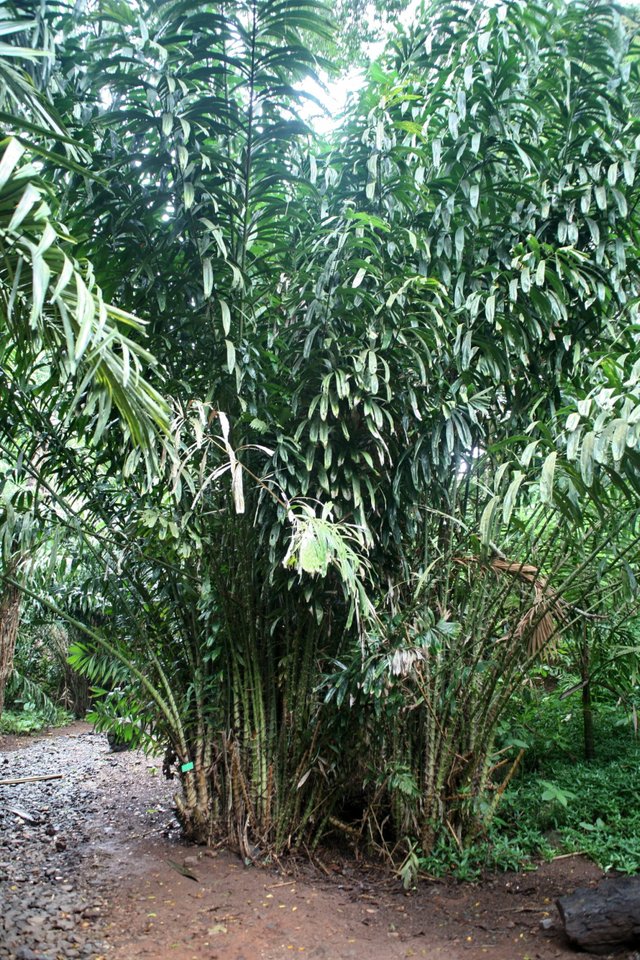
31. Graptophyllum
Also in the highland this Graptophyllum species is used as a living fence and used in local herbal medicine as a fertility enhancer for women wishing to have children
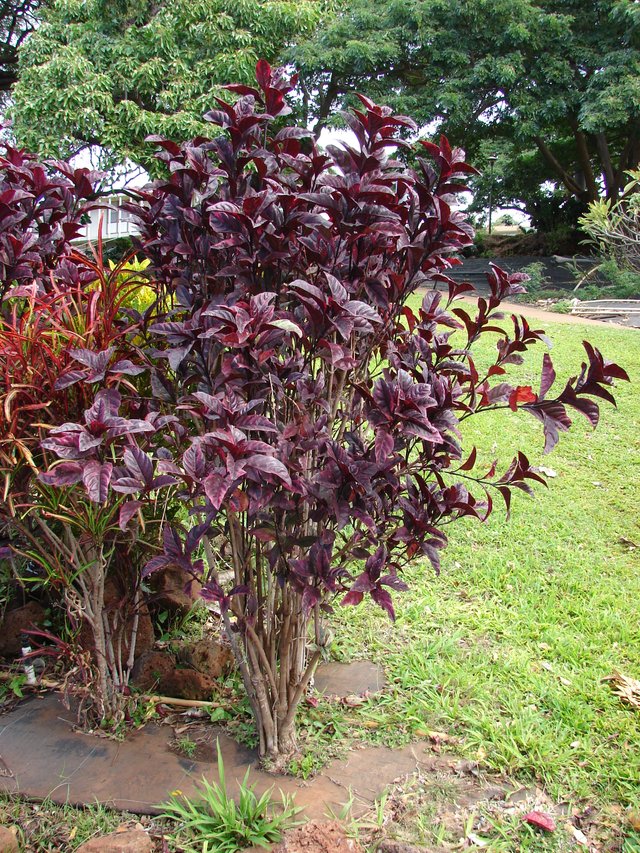
32. Pandanus spp..
There are many species of pandanus that can be planted by seed or by large cuttings. this helps us with an excellent screen, and it helps the pandanus which have lost a lot of habitat to coastal development

33. Carrissa spp.
There are several Carissa species. Carissa macrocapa is an excellent hedge an has sweet tasty fruits
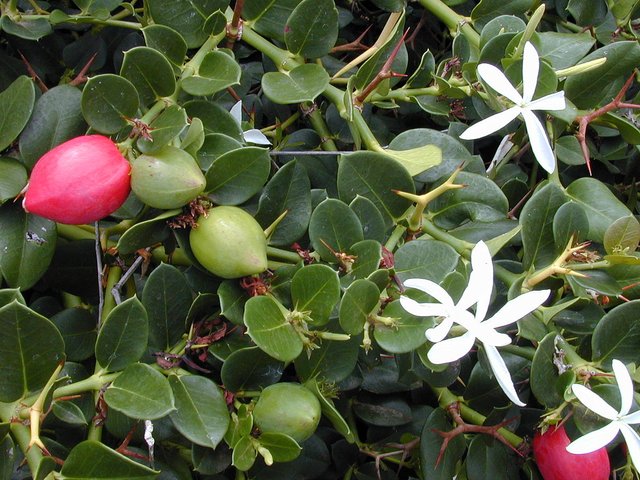
34. Acerola cherry
this exceptional tree is salt and drought hardy and has fruits with extremely high levels of vitamin C. it is a great choice for living fences
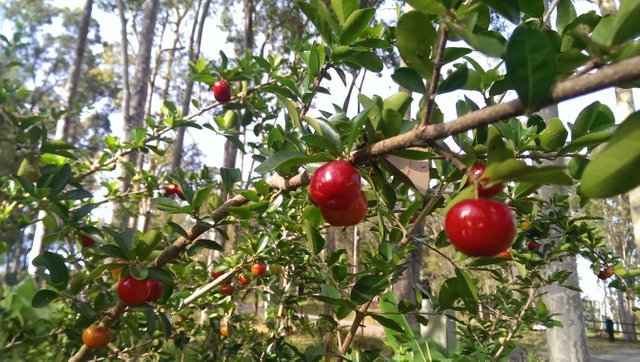
35. Kei apple
The Kei apple from Souther Africa is very useful as a living fence and gives a tart apricot tasting fruit
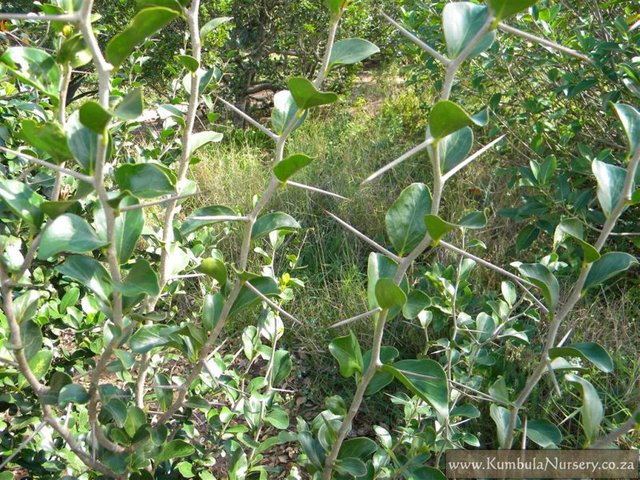
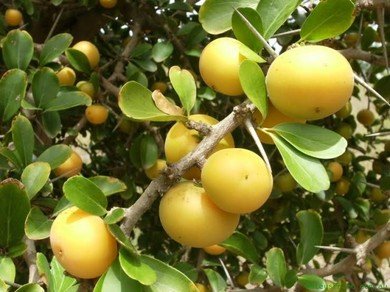
36. Thevetia peruviana
The yellow oleander is a very hardy , and toxic tree we have seen used as a living fence in the drier regions of West Timor
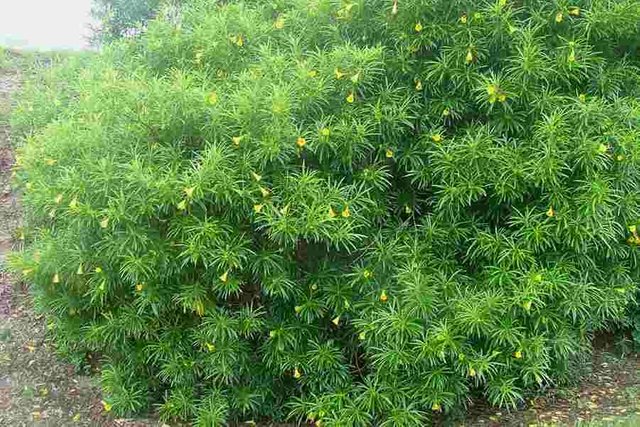
37 Adenium
The desert rose is a drought and heat hardy plant that can be used in hedge by planting long cuttings and weaving them amongst other plants

38 Euphorbia
the upright growing euphorbias make excellet living fences
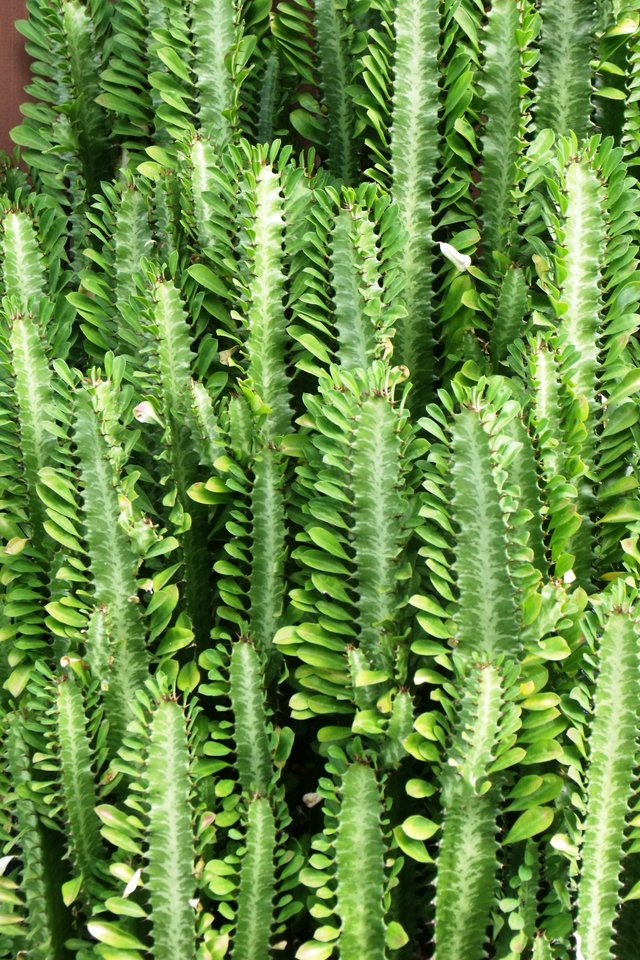
39 Euphorbia milii
This spiny Euphorbia is often used for dry areas. its has beautiful flowers and deterrant spines
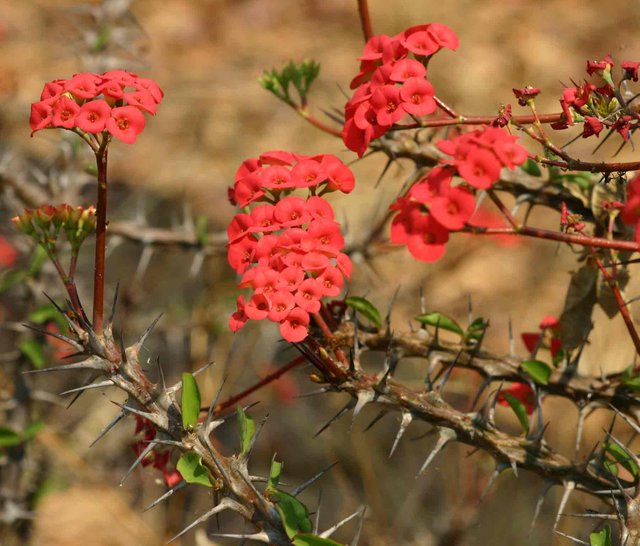
The Thai have bred many colour forms
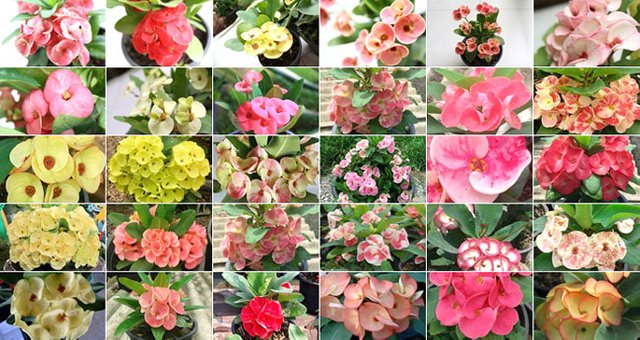
40 Ixora
The various species of Ixora have been bred extensively for uses as hedging plants
they are a preferred source of nectar for many species of butterflies
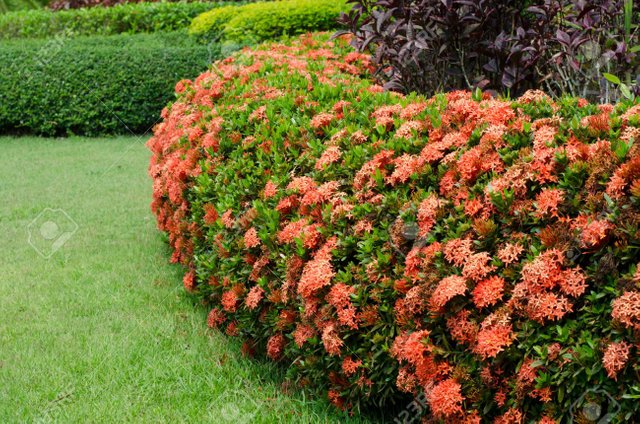
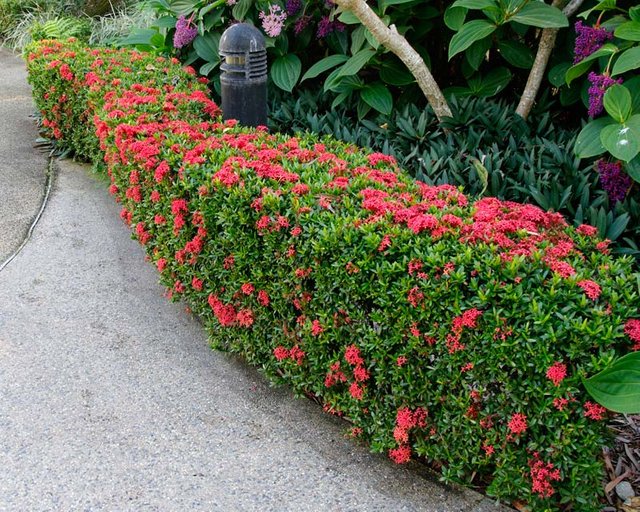
41 Chaya
Chaya is a very nutritious vegetable, that must be cooked first as it contains cyanide. however it is very hardy and among the most nutritious of all vegetables. it makes excellent living fences and is directly planted as cuttings
Butterflies love the flowers as a source of nectar
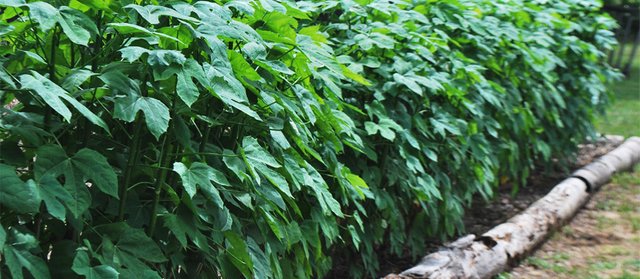
An introduction to Chaya
http://heartvillage.org/an-introduction-to-chaya/
42 Noni
The Noni tree is a herbal medicine, edible leaf and a source of dye from the roots. it is easy to grow and makes a good living fence when closely planted
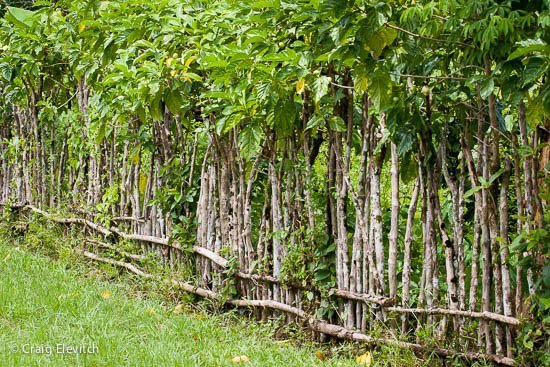
43 Tinospora
There are several species of Tinospora used in Ayurvedic and Indonesian Jamu herbal medicine as a painkiller and for other ailments. it is a good vine for binding together living fences
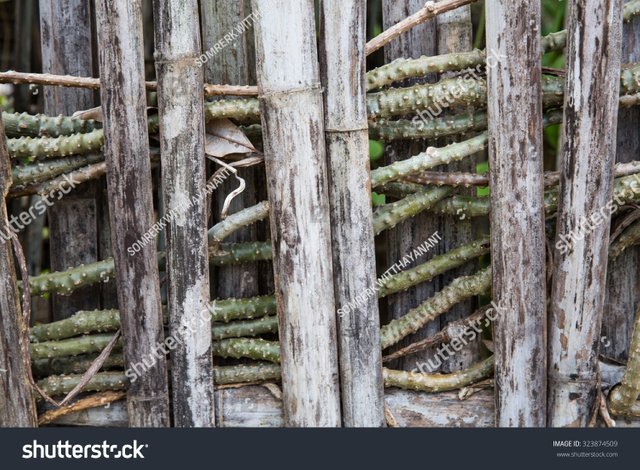
44 Costus
The Costus genus is a type of ginger grown for its flowers and use in herbal medicine. its is a good group to plant as part of a living fence
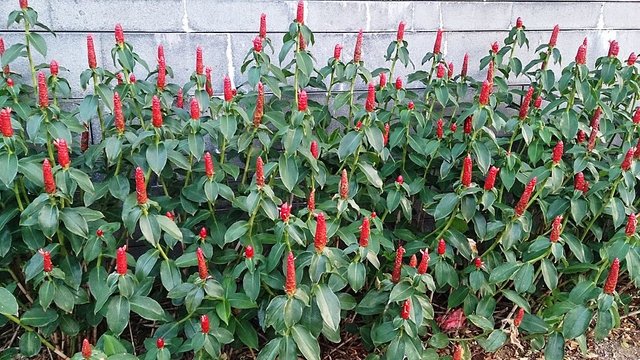
45 Zizyphus
The Jujube genus is used across the world as a living fence or as a source of brush fencing
it is very spiny and will deter goats. the fruits are edible and the flowers good for bees. the wood is very hard and strong and used for tool handles
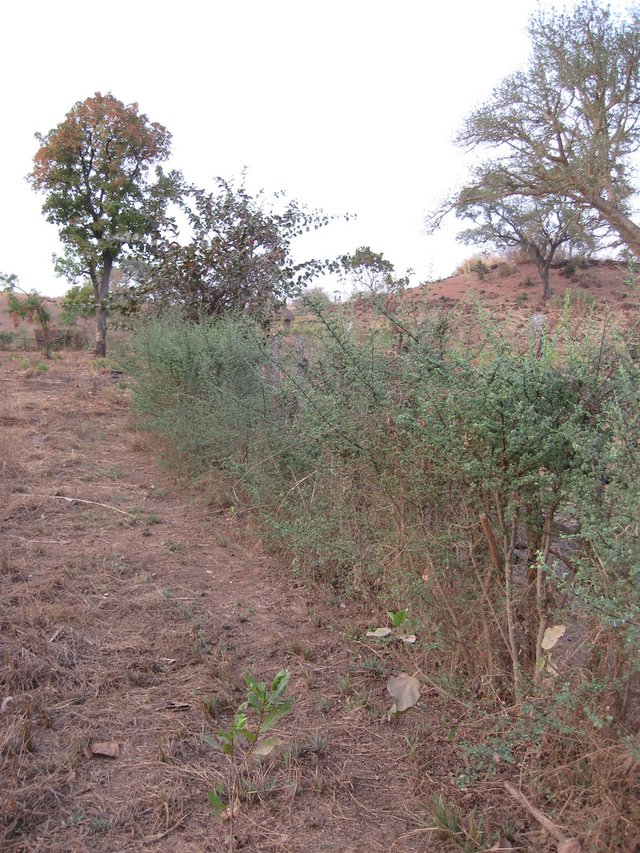

The easiest way to plant it is to feed goats on the fruit and then plant the goat manure. The seeds will rapidly germinate
46 Myoporum montanum
This attractive but toxic tree is good in salty areas . it prunes very well to a hedge. birds enjoy the fruits and bees love the flowers but goats will not eat it
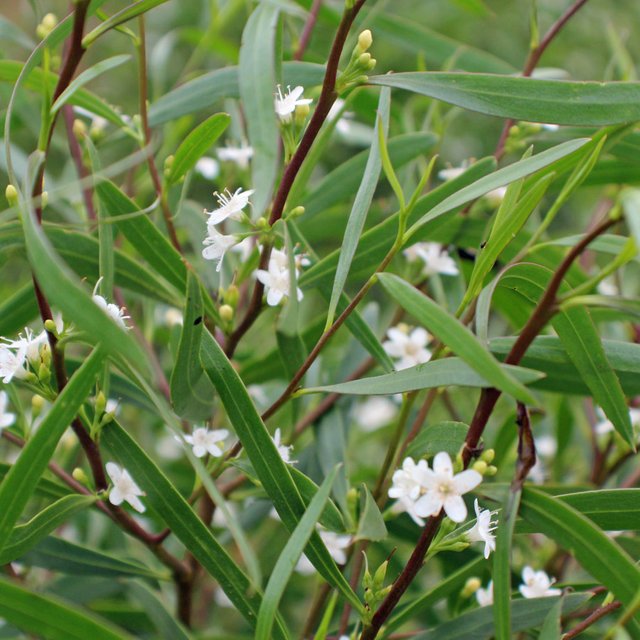
47 Cassava
The root crop cassava is planted in Java as living fences by interweaving the stems
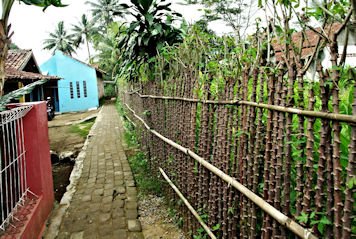
The leaves are a popular vegetable that can be eaten after boiling to remove the toxin, and the leaves contain 8% protein
48 Ubi Karet
This relative of cassava cannot be eaten but it is a useful plant for fencing and hedging
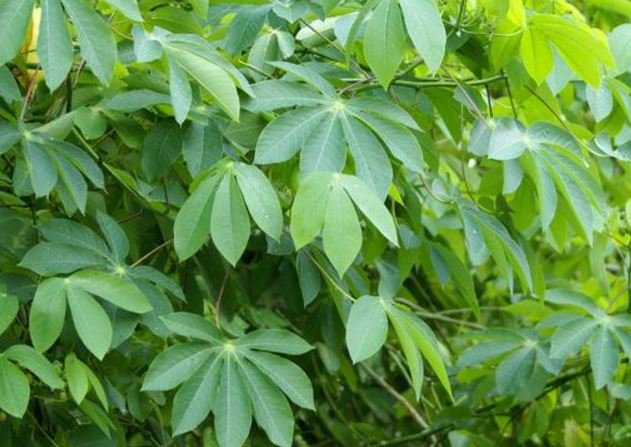
Native bees collect the resin from the tree to create Propolis which is good for hive health and medicinal purposes
49 Pomegranate
The pomegranate grows very well in dry tropical conditions. it is an excellnet living fence species
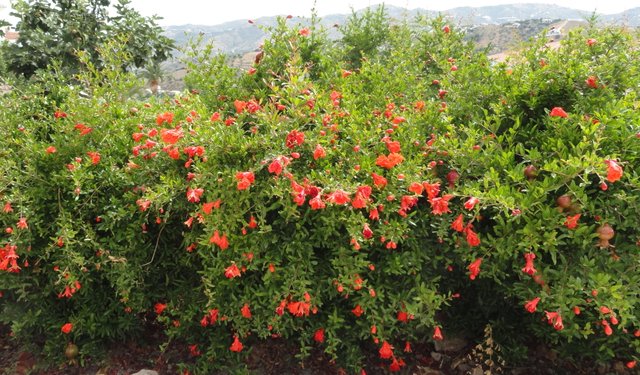
If pomegranates are planted from seed the fruits can begin in under 3 years
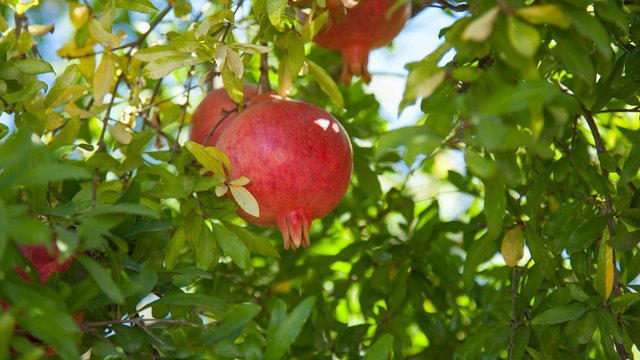
50 Cordyline
Cordyline are traditional plants of Pacific island garden and are grown for fibre , food and flavouring of food
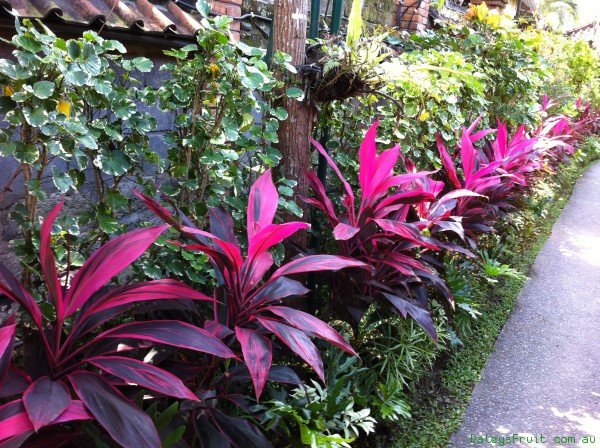
there are many kinds and they fit well into tropical gardens
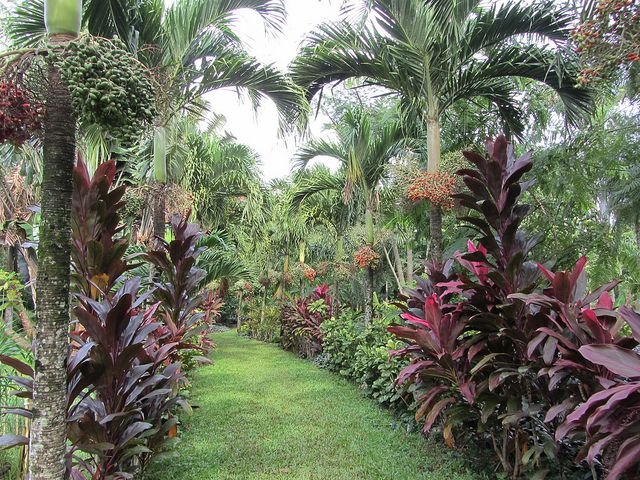
There are, im sure many more to be documented or discovered
Trees along borders (TAB)
This is a critical concept to be engaged by permaculture designers worldwide. As land holding sizes shrink or land grabs force the rest of us onto smaller and smaller parcels of land, we can all still contribute to the preservation of wild biodiversity through intelligently using our borders as conservation areas
when we consider the linear footprint of fences and choose to use them make them living fences we help many species to survive in a changing world
So try to think deeply about all the possible users of fences, especially the non-human inhabitants
thanks for reading!

please Comment, Upvote, Share or Resteem!
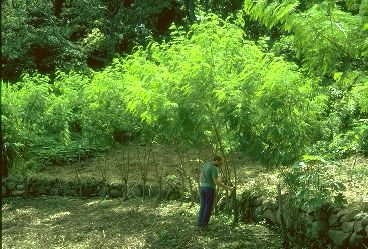

Oh my gosh! So many! Ive been using selcropia pelatata recently, its probably an invasive species by you but its from here and great for birds and posts!
Cecropia peltata? Oh yes its here, i see it occasionally in Java in wastelands
I dont think weeds really exist here in Indonesia
Its either firewood, goat food or something to be slashed and burnt as fertiliser for corn
So its useful for fences? By seed? Cuttings? How do you use it?
Thanks!
Thanks for this info! I am very interested in information to preserve our Earth. I look forward to your posts. Upvoted and Following!
Excellent article and food for much thought. Thank you. 🙏👏⭐